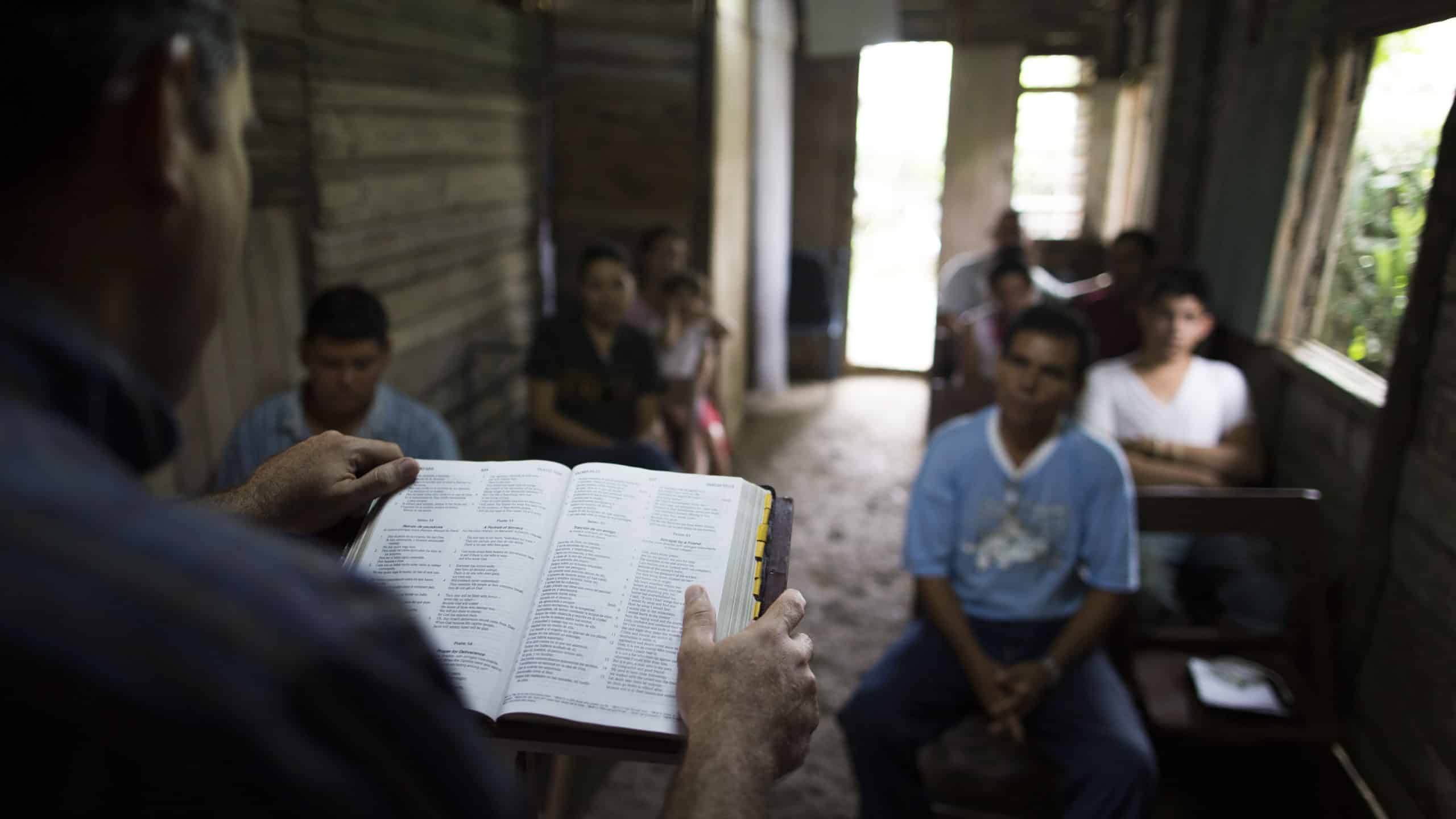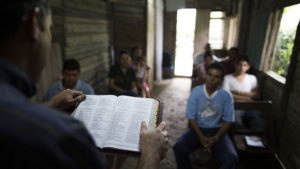The Cuban Church—Toward a New Frontier

By Dr. Teo A. Babun of Outreach Aid to the Americas
Despite its isolation and varying levels of restrictions, the Cuban Church has not only survived, but also thrived. A revival that began in the 1980s has produced a spiritually vibrant and dynamic Church that is self-propagating, self-governing and self-theologizing. We cannot say it is completely self-supporting as it depends on outside resourcing for its Bibles, leadership training and infrastructure support. Even if all of their resources were taken away, make no mistake; the Cuban Church would be alive and well.(1) Nineteen ninety marked a distinct change in the growth and health of churches in Cuba. As a direct result of changing relations between church and state within the Cuban government, the Cuban Church expanded, and over the last twenty- five years, the Cuban Church has continued to grow and develop in its own unique way. However, due to consistent government and national pressures, restrictions, hardships, and controls, the denominational landscape is currently disparate and bifurcated. The church and its denominations have valued individual and denominational agendas above collaboration and synergy.
One growing and vastly important aspect of the Cuban Church is the House Church. Under the Cuban government, house churches are now recognized as a new style of religious gathering based on the number of persons in attendance. The flourishing of house churches, even under the government’s eye, has served as a strong strategy for growth and development. “As a grassroots response to the pressures of expansion and the difficulty of raising funds to build new church buildings, house churches provide a solution to the problems of space for the development of congregations. They allow for unrestrained growth and flexibility, and they substantially reduce the burden of material costs in establishing a new house of Worship.” (2) Indubitably, the current reality of the Church in Cuba is one that is thriving; yet challenged by denominational barriers and limited use of information and communications. Church leaders have expressed that there is a present lack of theological training and a need for capacity building. Additionally, Santeria, an Afro-Caribbean religion, threatens the church, which is widespread and deeply embedded into the culture, lives, and mindsets of vast numbers of Cuban citizens. According to a 2012 census, approximately 10% of Cubans identify themselves with African ancestry. (3)
In addition, the government has not established clear and defined boundaries outlining permissible behavior and practices, which causes challenges for the Cuban Church’s freedom to worship and persecution for religious activity. The Cuban Church also must address the deficits left by the Cuban family unit, which include migration, separation, suffering and an absence of values. On the one side of the spectrum of family, youth are eager and excited to express themselves and long to have new spaces for interaction and learning, while at the same time the elderly need the care and attention they deserve. The Cuban Church must be equipped to respond to all of these needs. Despite its challenges, the Cuban Church is strong and large on a per capita basis. Conservative estimates place the number of practicing Cuban Evangelicals between 10%-15% of the island population, with the majority being Pentecostal. (4) Cuba is not entirely a new frontier; there is a vibrant and well-established church, which deserves a best-concerted effort to support. With all of its opportunities, it does have its challenges, which require a more strategic and updated response. The response for Cuba should be charged with collaboration, longevity and grace, and filled with the leading and the guidance of the Holy Spirit.
(1) Teo Babun, Rev. Carlos Miguel Gonzalez, Rob Hoskins, Dr. Marcos Antonio Ramos, Dr. Norberto Quesada Rodriguez, Stephan N. Tchividjian, White Paper “Building a Healthy Relationship with Churches in Cuba” (paper presented at the 2016 First Frontier Network Symposium, Fort Lauderdale, Florida, November 2, 2016). http://www.echocuba.org/Images/White%20Paper-Guidelines%20Cuba%20Ministry.pdf
(2) Teo Babun, Rev. Carlos Miguel Gonzalez, Rob Hoskins, Dr. Marcos Antonio Ramos, Dr. Norberto Quesada Rodriguez, Stephan N. Tchividjian, White Paper “Building a Healthy Relationship with Churches in Cuba” (paper presented at the 2016 First Frontier Network Symposium, Fort Lauderdale, Florida, November 2, 2016). http://www.echocuba.org/Images/White%20Paper-Guidelines%20Cuba%20Ministry.pdf
(3) The Central Intelligence Agency, “Central America and Caribbean: Cuba,” CIA World FactBook, accessed April 5, 2017, https://www.cia.gov/library/publications/the-world-factbook/geos/cu.html.
(4) Dr. Marco Antonio Ramos “Panorama of the Protestantism in Cuba”, 2010.
This article is submitted by Josue Estrada of Outreach Aid to the Americas . Outreach Aid to the Americas is a Missio Nexus member. Member organizations can provide content to the Missio Nexus website. See how by clicking here.





